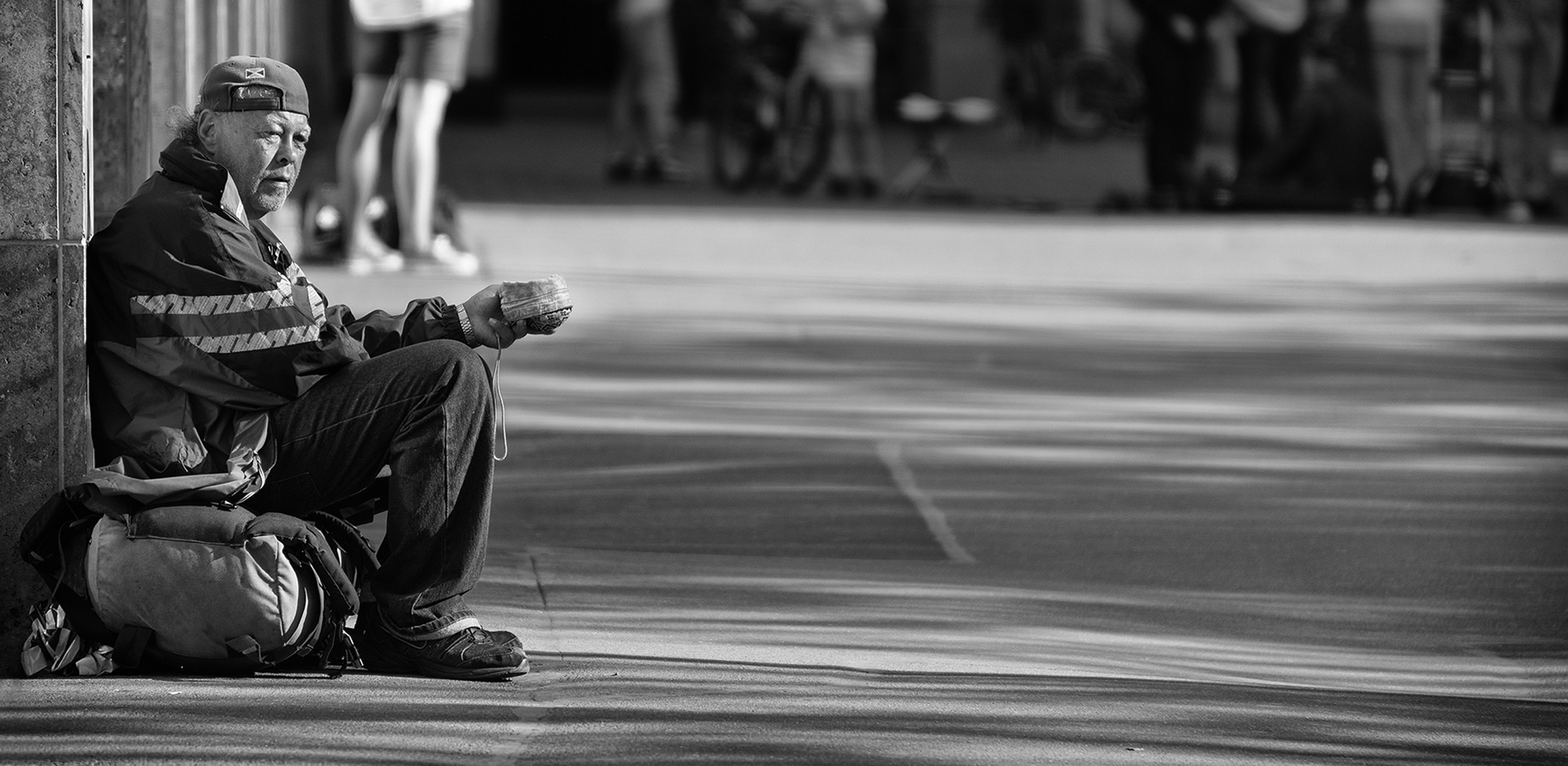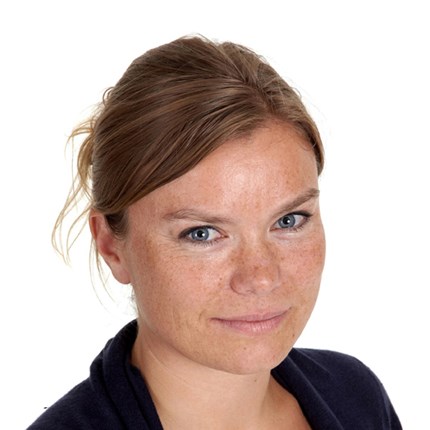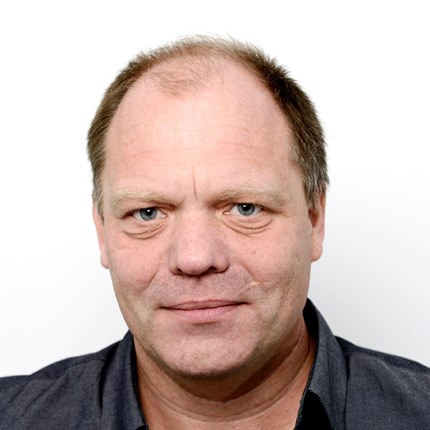
Accept growing inequalities
The differences between people in the USA have never been greater. Over the past decades, the richest have become even richer. A new study shows that Americans accept these inequalities to a much greater degree than Norwegians.

While there are big economic differences between people in the USA, people in Norway live in a welfare state with a redistributive policy that ensures that income and other assets are evened out.
Cutthroat capitalism?
Behavioural economists at The Choice Lab have been interested in finding out what is behind the striking variation in income inequality and distribution policies between countries in the West.
‘How different are we actually, and is it true that Americans accept differences to a greater extent? This was our research basis,’ says Professor Bertil Tungodden.
Along with Associate Professor Ingvild Almås and Professor Alexander W Cappelen, Tungodden carried out a large-scale international experiment, which has never before been undertaken, described in the article ‘Cutthroat capitalism versus cuddly socialism: Are Americans more meritocratic and efficiency-seeking than Scandinavians?’.
International media
The study has attracted international attention, and this week The Guardian writes about The Choice Lab-study in the article «Are Americans more ready to accept inequality?»
The American magazine The Atlantic also presented The Choice Lab-study this week. Have a look at the article «How Norwegians and Americans See Inequality Differently».


In the study, they compare Norwegians' and Americans' social preferences, with a focus on what people consider to be fair and unfair differences, and to what degree they are willing to eliminate unfair inequality.
Luck
In short, a representative sample of 1,000 participants in the USA and Norway were asked to decide how a bonus should be distributed between two workers. In each situation, one of the workers had initially earned the full bonus, either as a result of luck or as a result of skills.
This nuance between luck and skills is very important, as it gives the researchers an opportunity to study the degree to which the source of inequality influences the acceptance of inequality.
The most important factor in this study is that Americans and Norwegians make actual distribution choices in identical situations. This allows the researchers to rule out that the differences between the countries are caused by different perceptions about the source of inequality and redistribution costs.
Not fair
The study can thereby identify differences in social preferences.
‘The study finds that Norwegians and Americans perceive inequality created by luck very differently; Norwegians generally see it as unfair inequality that they want to eliminate, while Americans to a great extent think it is an acceptable and fair inequality,’ says Tungodden.
Half of the Americans in the experiment believed that one person getting the full bonus was fine, despite not being based on any extra work performance. Eighty per cent of the Norwegians believed that it was wrong and wanted the money to be shared equally.
Not everyone
However, Tungodden underlines that the results must not be interpreted to mean that everyone in the USA accepts inequality caused by luck. Many Americans care a lot about this type of injustice; the USA is not ‘the land of we don’t care’. Fifty per cent of Americans act the same way as Norwegians in situations where luck is the decisive factor.
The researchers also wanted to find out how Norwegians and Americans perceive inequality arising from individuals’ efforts and performance.
‘As soon as inequality is caused by skills, and one person has performed better than the other, both Americans and Norwegians accept the income inequality to a greater degree and think it is fine that the person in question receives the full bonus.'
Level of education
The study also looks at how different groups in each of the countries consider the different types of inequality.
‘There are interesting differences here. In the USA, there are big differences between people with a high and people with a lower level of education, where the highly educated place much more weight on inequality reflecting differences in skills or performance. In Norway, however, we do not see a social gradient of this kind.’
This suggests that the USA is a more divided society than Norway, where social differences correspond to different perceptions of justice, explains Tungodden. This finding can elucidate the recent political development in the USA.
Corresponds with reality
Norway has an income inequality of under 0.25 on what is called the GINI index, while the USA is at the top of the OECD countries with close to 0.4.
‘There is a huge difference in income inequality between Norway and the USA, which is reflected in our study. It is striking to see that the participants implement exactly the same level of inequality as we see in the respective countries, which suggests that the experiment captures important aspects of the political everyday life.'
The study demonstrates the differences between Americans and Norwegians in a robust way, but it also shows that we – both in the USA and Norway – do not regard all forms of inequality as unfair.
‘The idea that Americans don't care about inequality is a misunderstanding. It is not a matter of them not caring, but rather that they have other ideas about inequality, something we clearly see in the study, where the sample accepts luck as a source of inequality to such a great extent,’ concludes Tungodden.